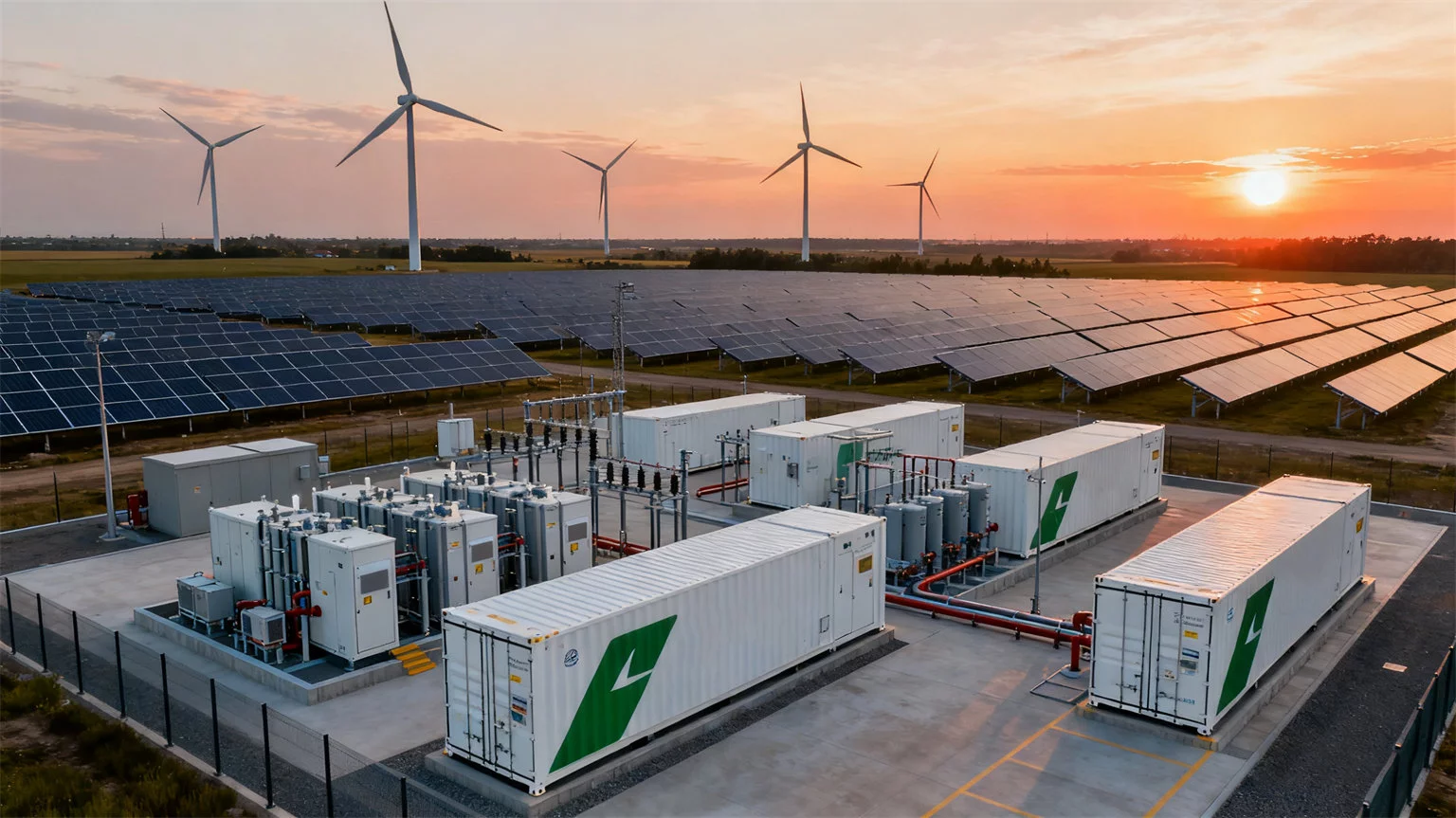As distinct energy alternatives, coal and solar energy hardly ever meet or embrace. One is a fossil fuel, while the other is a renewable source tapping the power of the sun. Nevertheless, the two show some striking similarities, mainly with respect to their energy-generation methods and fitting into the global energy mix. Walking through the following key similarities may help describe two energy sources with different input types into our future energy landscape.
1. They Are Both Energy Sources
Coal and solar energy are energy sources, quite different in nature: coal is an inanimate black rock and solar energy is energy from sunlight. Both, however, express their nature by generating electricity. Hence, both are to be included among those forms of energy upon which the world's energy systems are based, although in utterly different ways.
- Coal: Coal is a fossil fuel. It is formed from the decaying plant material deposited millions of years back. At a power station, coal is burned to produce heat energy so that water can be transformed into steam, which will in turn cause a turbine to move and thus drive an alternator to generate electricity.
- Solar Power: Solar energy is the collection of photons into electricity. Solar panels or photovoltaic cells use the photovoltaic effect to convert solar radiation into electricity.
Solar energy and coal, although different in terms of being non-renewable fossil fuels on one end of the spectrum and renewable energy harnessing the power of sunlight on the other, both energy sources provide the requisite amount of electrical energy to comfort residential homes, businesses, and industries.
2. hey Both Require a Great Deal of Infrastructure
Whether it is coal or solar, great infrastructure is quintessential in making these large-scale energy sources usable.
- Coal: They are constructed to handle large quantities of coal, coal storage facilities, combustion, and electricity generation. They are usually connected to the national grid to distribute the electricity generated.
- Solar Power: Large-scale farms of solar panels also require considerable infrastructure. The solar panels must be mounted in the best locations to capture the energy; inverters that will convert the DC into AC are required, and these systems must also be tied to the electrical grid to deliver the produced power.
Whatever happens, collecting, converting, and sending energy where it is needed needs to be done efficiently.
3. Both Affect the Economy
Infrastructure makes coal and solar large energy sources.
- Coal: Coal storage facilities are built to hold large amounts of coal to burn and generate electricity. Typically, they are connected to the national grid and share the electricity produced.
- Solar Power: Large-scale solar panel farms, however, imply considerable infrastructure as well. Different solar panels should be mounted in the best location possible to capture the energy, inverters that will convert the DC into AC are required, and these systems must also be connected to the grid in order to deliver the electricity produced. Energy capture, conversion, and delivery to where it is needed must be accomplished efficiently with either.
Other very important consideration areas for coal and solar referring to economics are capital expenditures, financial appeal in the long-term, and return on investment.
4. Both Contribute to the Energy Mix
In the energy mix: the set of energy sources that together meet electricity demand in a given country, both coal and solar have played important roles in many countries.
- Coal: Coal in history has acted as the bone and marrow for many countries' energy production. Even in modern times, it constitutes a fair share of the global electricity generation. To give an example, coal still produced around 36% of the global electricity in 2022.
- Solar Power: Solar nevertheless contributes a minor share in comparison—about 1.4% of the global energy mix in 2022—but it is growing rapidly. In regions like Australia, China, and the United States, solar power has gained significant traction. By the year 2030, solar is predicted to become the foremost renewable electricity source globally; solar and wind combined are expected to account for 30% of global electricity generation.
Coal is made relevant by its still-necessary role in providing baseload power (a constant and steady supply), while growing contributions from solar power have become possible due to advancing technologies.
Differences between Coal and Solar Power
With only a few shared similarities between coal and solar power, nevertheless, their differences become stark in terms of environmental consequence, sustainability, and cost trends.
- Environmental Consequence: Solar energy is far cleaner with its very little and harmful emissions, whereas coal is one major pollutant among any coal-fired system. When coal burns, it emits an enormous quantity of sulfur dióxido, carbon dioxide, and other toxic pollutants marginalizing climate change to incidence.
- Sustainability: Coal fuels will undoubtedly run out because coal is not renewable. Solar energy is also renewable, as long as the sun is shining, it can be harvested.
- Price Trend: The cost of solar power has been going down on account of large scale production and technology drivers, making it a cheaper option today. The cost of coal will start increasing since the countries like Australia will cease depending on fossils and switch to clean renewable technology.
Technology and Innovation-Growing
Solar technology, mostly photovoltaic panels, has evolved in recent years as one of the fastest-growing fields. With continuing reduction in cost, solar is emerging as an economically viable alternative for fossil fuels like coal.
On the other hand, progress on coal innovations in recent years has been slow. While promising cleaner options for coal, such as carbon capture and utilization, and generation alternatives exist, coal remains one of the dirtiest and most environmentally destructive sources of energy.
Technology and innovation have played an important role in comparing both solar and coal power.
A Look Ahead: The Future of Energy
How do coal and solar compare? They both, in one way or another, are natural products of the global energy mix, and both need foundations and risks to actualize their promises. They belong to the national energy mix yet face financial and computative considerations on separate fronts.
Actually, times have changed since then; coal, in most parts of the world, has been kicked out of the scheme of things as renewables have been seeing demand and solar panels are being innovated across the globe. With decreasing costs of solar energy against the backdrop of a worldwide outcry on climate change processes, coal seems likely to take the back seat with regard to the power-generating option of choice.
If it would be immediate in occurrence, we could doubtlessly assert that energy's long road is basking bright and clean, with solar at the forefront.
By knowing what is similar and dissimilar in coal and solar control, it will help push towards a greener future. This is more so a matter of replacing energy forms to recognize fully in terms of some environmental sense, some forgiveness for these energies, different acceptance, in some degree, with respect to nature.





